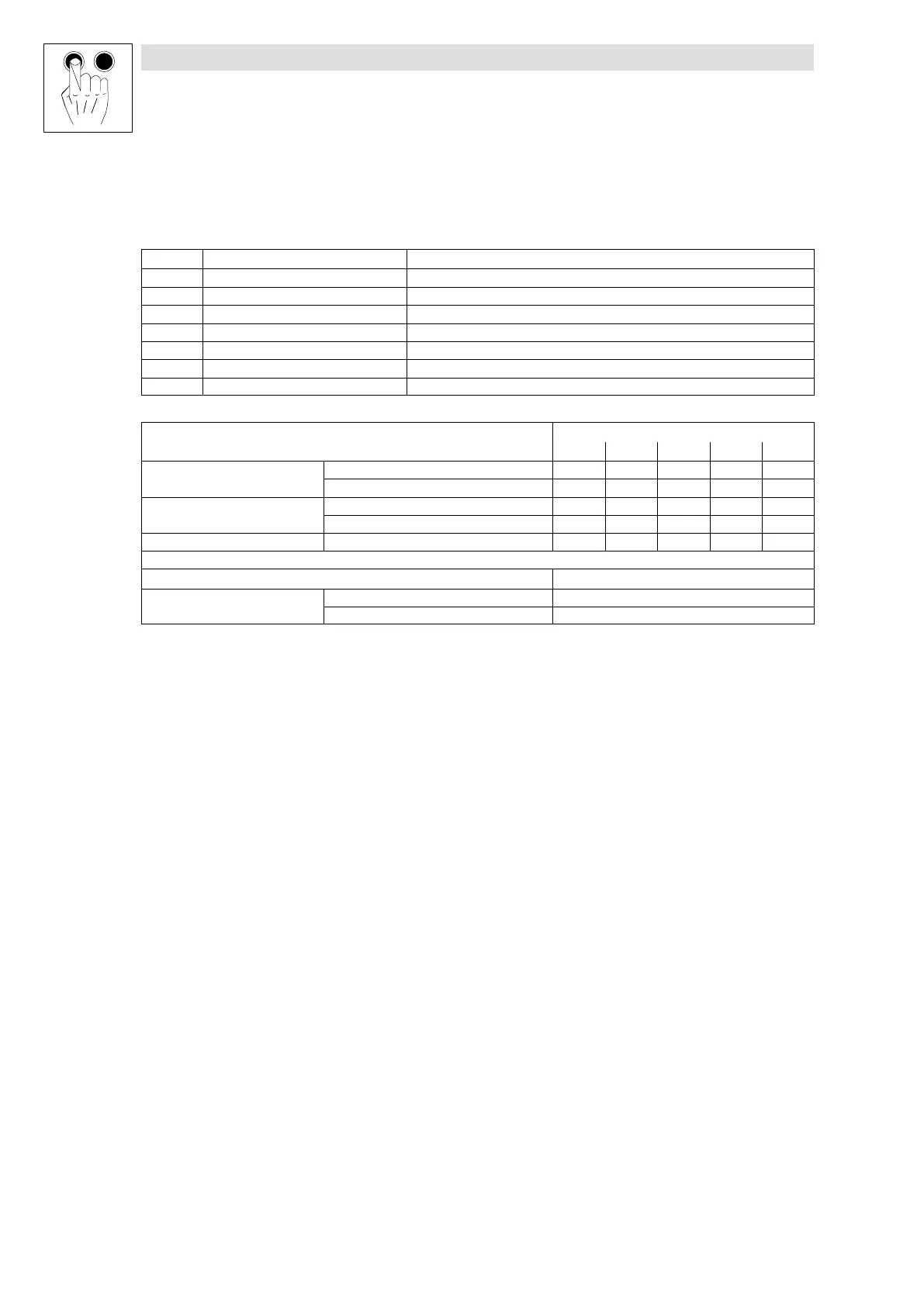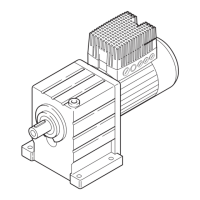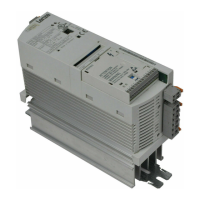Parameter setting
With communication module LECOM−A (RS232)
6−10
L
EDB82MV752 EN 5.2
6.3.1.2 Communication times
The time required for communication with the drive can be displayed as a sequence of time
segments. The communication times depend on the baud rate set in C0125:
Section Active component Action
t0 Application program in the host system Starts request on the controller
t1 Software driver in the host system Converts request data into the LECOM−A/B protocol and starts the transmission
t2 Communication (= serial transmission) to the controller (telegram run time)
t3 Controller Processes the request and starts the response
t4 Communication response is transmitted (telegram run time)
t5 Software driver in the host system Evaluates the response and converts it into the format of the application program
t6 Application program in the host system Receives the result
Telegram run time (t2 + t4) [ms] Baud rate [bits/s] (can be set with C0125)
1200 2400 4800 9600 19200
SEND telegram type
(sends data to the drive)
t2
Standard
(parameter value = 9 characters) 150 75 37.5 18.8 9.4
Addition for extended addressing 41.6 20.8 10.4 5.2 2.6
RECEIVE telegram
(reads data from the drive)
t4
Standard
(parameter value = 9 characters) 166.7 83.3 41.7 20.8 10.4
Addition for extended addressing 83.3 41.7 20.8 10.4 5.2
Runtime of single character
1)
per character [ms] 8.4 4.2 2.1 1 0.52
Processing time in the controller (t3) t3 [ms]
Write codes 20
Read codes 20
1)
If the telegram contains less or more than nine characters, the transmission time changes by the values given.
